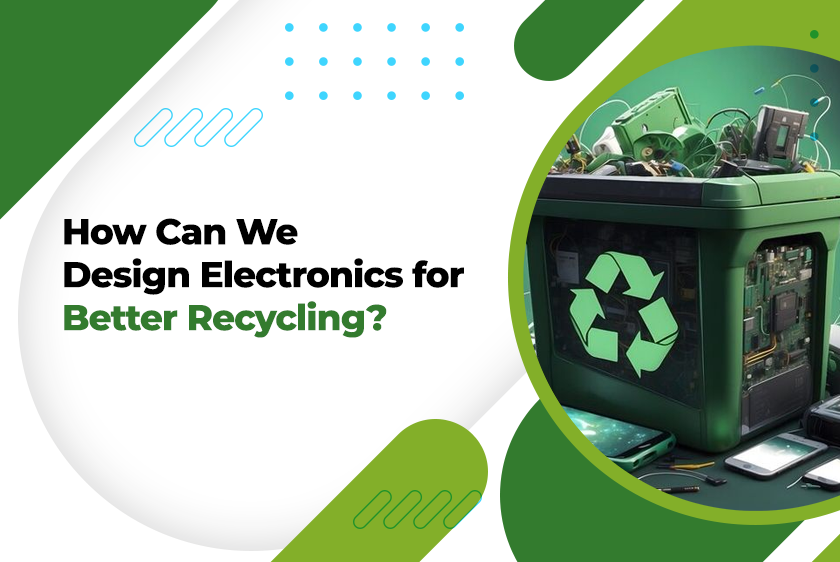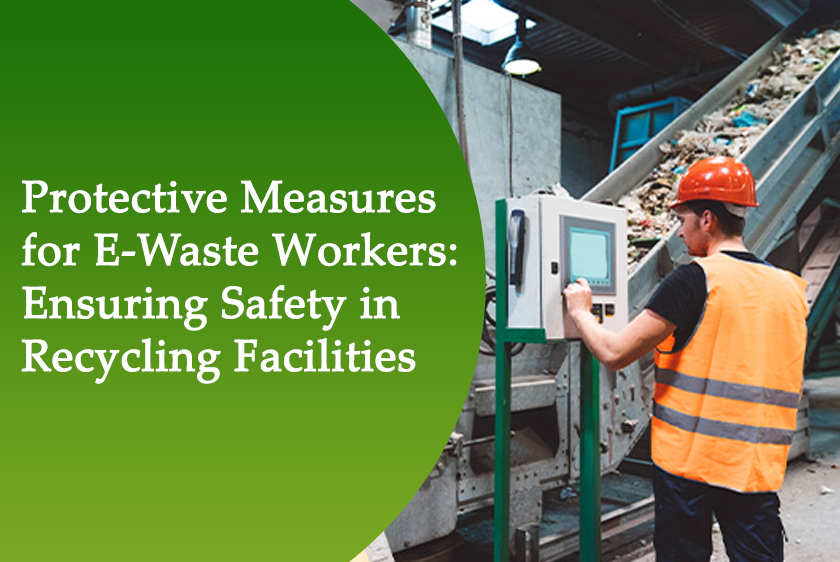


7 E-Waste Recycling Innovations That Are Changing the Industry
Did you know that over 50 million tons of electronic waste (e-waste) are generated annually? As our reliance on electronic devices increases, so does the urgency of finding sustainable solutions for their disposal. E-waste contains dangerous materials that can harm the environment and human well-being if not correctly managed. It is necessary for individuals, companies, […]
How Can We Design Electronics for Better Recycling?
Every time we upgrade to a new smartphone or laptop, the old devices often become electronic waste or e-waste. The rapid advancement of technology has made electronic devices an integral part of our lives, but it has also led to a significant increase in e-waste. Each year, over 50 million metric tons of e-waste are […]
Protective Measures for E-Waste Workers: Ensuring Safety in Recycling Facilities
“Safety is not just a priority but a necessity in e-waste recycling.” E-waste recycling is essential for managing the vast amounts of electronic waste produced daily. However, it poses significant risks to workers involved in the process. These risks stem from the hazardous materials contained in electronic devices, such as lead, mercury, cadmium, and arsenic. […]



